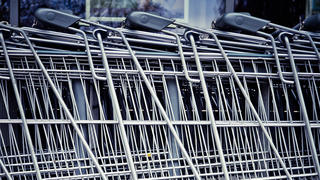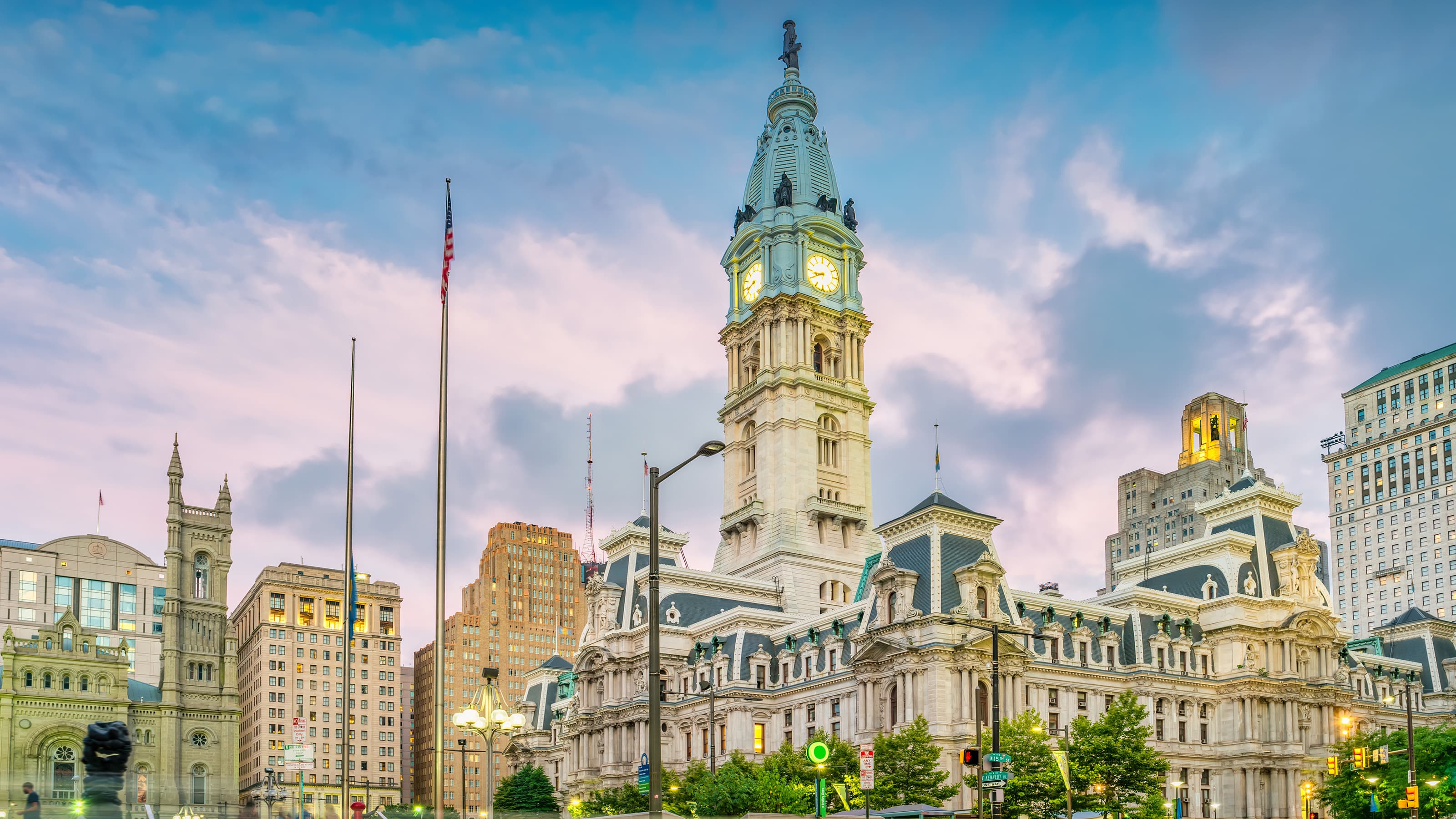Physical Distancing Is Temporary — But Some Grocery Habits May Stick
Customers have recently adopted new grocery shopping habits out of necessity due to the need for physical distancing, but those trends won’t completely go away once the threat of coronavirus has passed, Saint Joseph’s experts say.

Once a small, but growing, part of the grocery industry, online ordering and delivery has suddenly gone mainstream.
Physical distancing due to the coronavirus threat is at the root of the trend, but that doesn’t mean it, or other consumer habits adopted out of necessity, will completely go away once the pandemic has been contained, say two Saint Joseph’s experts.
Customers tend to get stuck in particular buying habits and often won’t change unless something big happens to push them out of their inertia, explains John L. Stanton, Ph.D., a professor of food marketing.
As an example, he points to a trend that arose during the 2008 recession: Strapped for cash, many Americans started buying private label goods — and didn’t stop, even after their financial situations got better.
“Lo and behold, people realized that private labels were really good products and wondered why they weren’t buying them all along,” he says.
Not all changes stick like that, he adds. Purchases of organic goods also dropped during the Great Recession but bounced back once times were better. But he thinks grocery delivery, and a trend toward cooking more at home, could be here to stay even after coronavirus has passed.
“The projections show millennials and Generation Z were tending to eat out more, but now they’re going to make meals at home and realize it wasn’t so bad and do it a little more often,” Stanton says.
A 2017 U.S. Department of Agriculture study showed that millennials spent less money than other groups on food at home, made fewer trips to the grocery store and tended to focus their grocery budget on ready-to-eat foods.
The online grocery industry was growing rapidly before coronavirus — a 2019 report from Business Insider shows its market value doubling between 2016 and 2018. But that growth was coming from a small overall base. Stanton says some of the new customers will go back to their usual routine once the crisis is over, but many won’t.
“If I was the grocery industry, I’d be advertising home delivery like crazy,” he says.
But the rise in new customers for online grocery services is also exposing some of the weaknesses in many companies’ models, says Ernest Baskin, Ph.D., an assistant professor of food marketing.
If I was the grocery industry, I’d be advertising home delivery like crazy."
John L. Stanton, Ph.D.
Professor of food marketing“It’s really pushing the grocery delivery model to the breaking point,” Baskin says. “Stores are experiencing such a surge in those orders and they were unprepared. Some stores had advertised grocery delivery in two hours and you can no longer do that – they’re running backlogs of a day or two days.”
Amazon and a number of local grocery chains have announced plans in recent days to hire thousands of workers to help deal with the demand. But Baskin says many also need to focus on their inventory systems and how they tie into online grocery platforms, some of which are run by third parties. He notes that many consumers could be putting items in their carts that show as being in stock only to find out once the delivery comes that the goods actually weren’t available in store or had to be substituted.
“There will be some fallout from that, definitely, but I think a good amount of people will be pleasantly surprised about how easy and convenient it is to order online,” he says.
Baskin says the mass buying of certain items could also have longer-term consequences. For example, companies could stop producing certain products or more esoteric flavors of their brands in the short term so they can turn those lines over to supplying what’s in higher demand. And consumers might get used to not being able to buy those items once they become scarce.
“It takes time to switch over a product line and you can produce more if you keep making the same flavor over and over again,” Baskin says. “Once we get over the coronavirus, many of those products might stay out of stock because of the switching of production lines, and it might take an ad campaign or some sort of consumer education effort to get people interested in them again.”
While the grocery industry as a whole and some products in particular stand to gain from the pandemic, Baskin says they have to be careful about how they react.
“The biggest marketing gaffe would be price gouging,” he says. “Economics would predict that a huge increase in demand would lead to a huge increase in price. But from the perspective of fairness and consumer psychology, that could really backfire on a company.”



